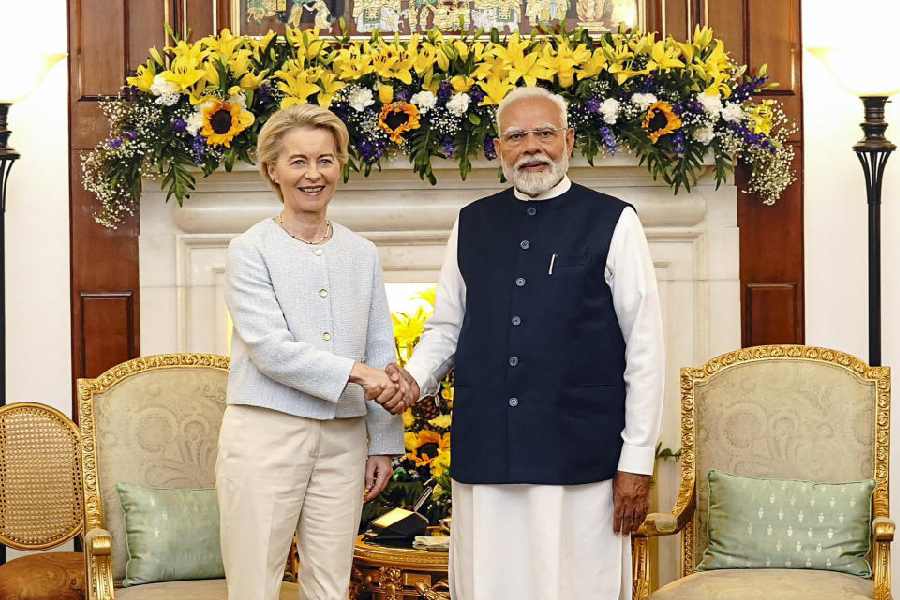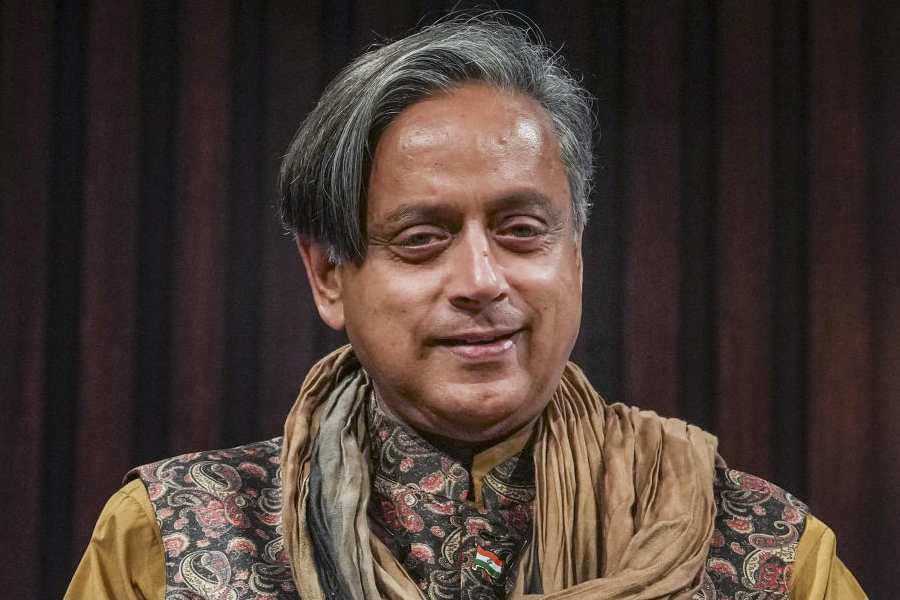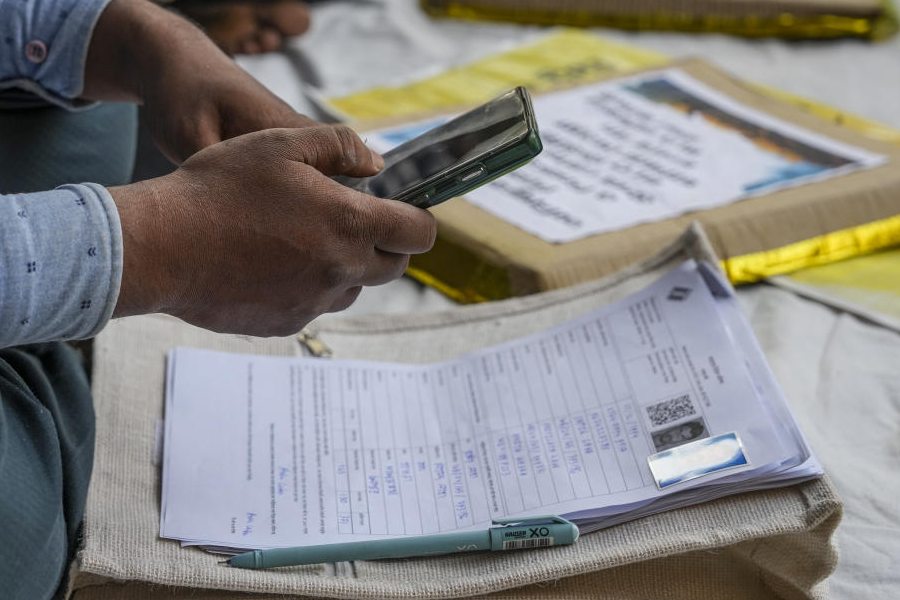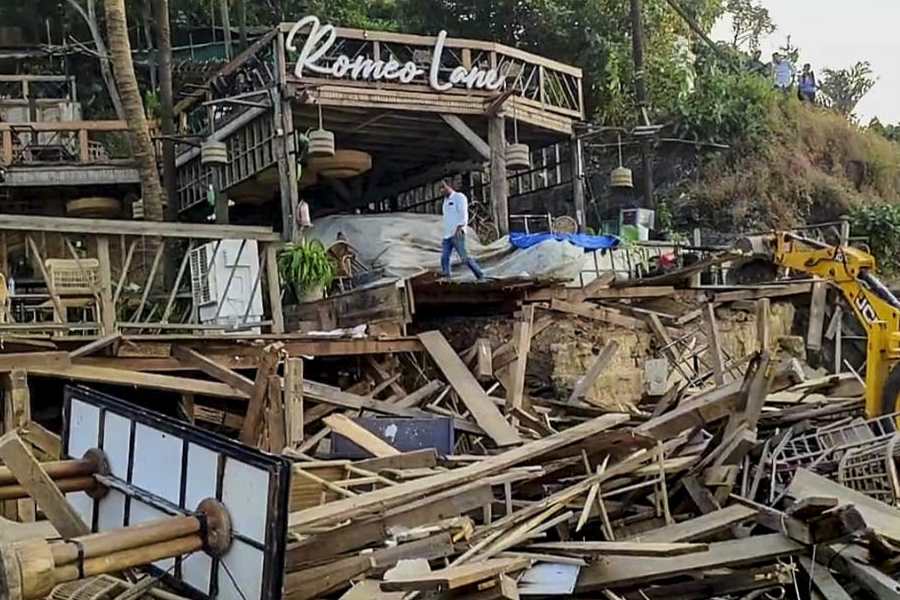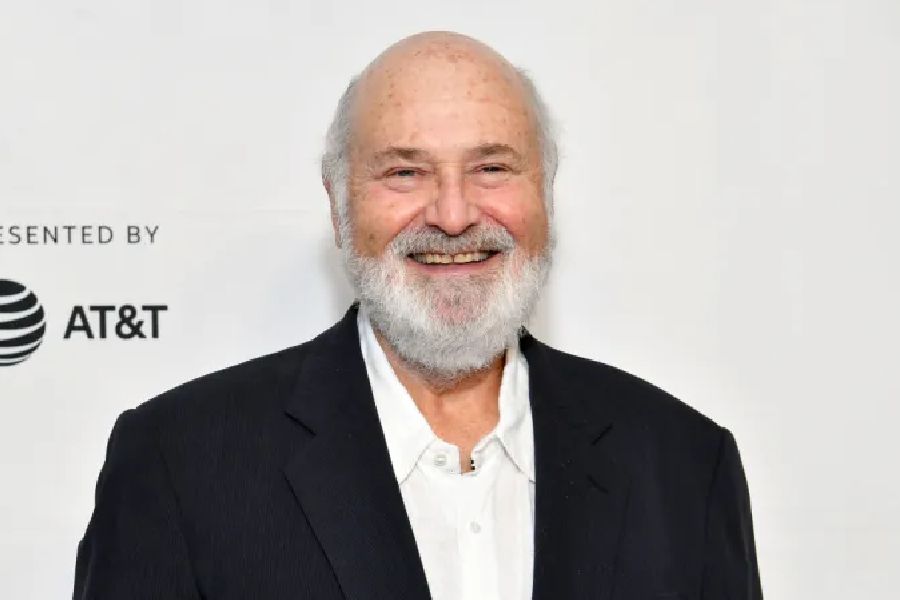India and the European Union on Friday committed to conclude their long-discussed Free Trade Agreement this year, betraying a sense of urgency following US President Donald Trump’s tariff threat and upending of the world order.
Prime Minister Narendra Modi and European Commission president Ursula von der Leyen, on the second day of her official visit to India, gave this direction to the two negotiating teams in New Delhi.
“We have tasked our teams to… finalise our Free Trade Agreement before the end of this year,” von der Leyen said in a statement to the media with Modi by her side.
“We are expecting a lot of our trade negotiators; we told them they should surprise us. Now more than ever, the geopolitical context asks for decisive action.”
Trump this week announced plans to slap 25 per cent tariffs on goods made in the EU, claiming the bloc had been formed to hurt the US.
Addressing another meeting elsewhere in Delhi, the EU Commission president said: “The global context calls for us to conclude our Free Trade Agreement.”
Modi, referring to the rapidly evolving geo-economic and political circumstances and the breaking down of old equations, said it was crucial to conclude a mutually beneficial FTA and Investment Protection Agreement as soon
as possible.
Modi was more specific on the timeline at the joint media interaction with von der Leyen: “We have directed our teams to conclude a mutually beneficial bilateral Free Trade Agreement by the end of this year.”
India and the EU had decided to resume trade talks in July 2020, seven years after the two sides gave up in 2013 after six years of negotiations. The talks resumed in right earnest in 2022 but an early harvest deal proposed by India could not be worked out.
Along with the re-launch of the negotiations for an FTA, the EU has also started separate negotiations for an Investment Protection Agreement and an Agreement on Geographical Indications.
Briefing the media on the day’s discussions between the two delegations, Tanmay Lal, secretary (west) in the external affairs ministry,
sidestepped questions on which issues continued to separate the two sides despite the multiple rounds of negotiations since 2007.
Lal refused to comment on whether Indian tariffs on wines, spirits and motor vehicles were the irritants. He maintained that concerns were always there, “but now a decisive clear mandate has been given to their teams by the leaders”, indicating that different dynamics were at play this time.
For the EU, the trade negotiations aim to remove barriers and help the bloc’s firms – especially the smaller ones – to export more, open up services and public procurement markets, ensure the protection of geographical indications, pursue ambitious commitments on trade and sustainable development, and make sure the agreed rules are enforceable.
A Reuters report said the deal had been delayed for many years by New Delhi’s reluctance to lower tariffs in some areas, while the EU was unwilling to ease visa curbs on Indian professionals.
The EU wants India to lower the tariffs of more than 100 per cent on imported cars, whiskey and wine, while India is seeking greater access to the EU market for its cheaper drugs and chemicals.
India also wants lower tariffs on its exports of textiles, garments and leather products. It opposes an EU proposal to fix tariffs of 20 per cent to 35 per cent from January 2026 on high-carbon goods, including steel, aluminium and cement.

